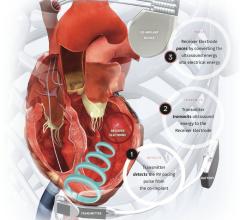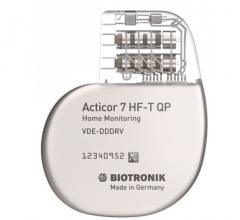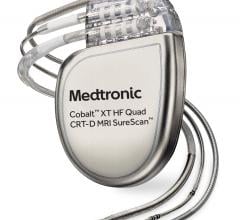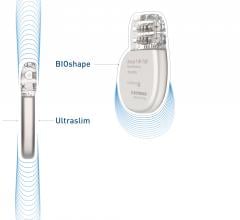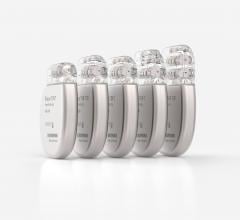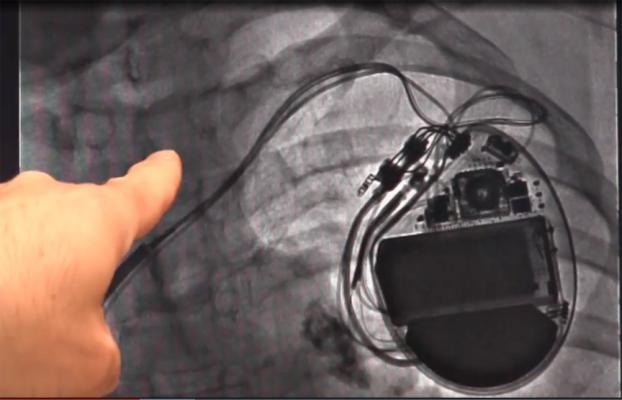
May 15, 2019 — A pilot trial has shown His pacing in cardiac resynchronization therapy (CRT) has been shown to circumvent proximal left bundle branch block (LBBB) and restore electrical resynchronization in patients with heart failure. Results from the study were presented during a late-breaking session at Heart Rhythm 2019, the Heart Rhythm Society's 40th Annual Scientific Sessions.
The HIS SYNC Trial compare His pacing versus biventricular pacing (BiV) as a first-line strategy for CRT in heart failure patients and it was found to be an effective initial strategy with a significant reduction in QRS duration. There was improvement in ejection fraction (EF) with His-CRT greater than with BiV, but the difference was not statistically significant in this pilot study with high crossover rates. Larger prospective studies are justifiable to test for a smaller difference in effect size between CRT modalities.
The HIS SYNC trial was a prospective, multicenter, single-blinded, randomized, controlled pilot trial with 1:1 allocation to His-CRT versus BiV. Patients with standard indications for CRT were enrolled at seven centers. Crossovers were permitted if QRS correction could not be achieved with His CRT or if coronary venous anatomy was unfavorable. The primary endpoints were improvement in QRS duration, LVEF, and freedom from cardiovascular hospitalization or mortality. Echocardiographic response was defined as a >5 percent improvement in left ventricular ejection fraction (LVEF).
The study enrolled 41 patients over a two-year period (one withdrawal, one lost to follow-up). It included 21 patients randomized to His-CRT and 19 to BiV. No differences in baseline characteristics were observed between groups. The median age was 67.5 yrs (54-75.5 yrs), 38% female, and 45% had NICM, with median LVEF of 28% (24-31%) and median QRS duration of 167 ms (155-180 ms) (88% LBBB). The rate of crossover was 48% in the His-CRT arm and 26% in the BiV arm. By intention to treat analysis, a significant reduction in QRS duration was observed with His-CRT (median 167 ms to 140 ms; p=0.001), but not with BiV (162 ms to 153 ms; p=0.13). The median improvement in EF was 9.1% (3.8-14.4%) with His-CRT vs. 5.2% (1.5-11.3%) with BiV (p=0.33) at 6 months, with higher rates of echocardiographic response (67% vs 53%, p=0.40). No differences were seen in freedom from cardiovascular hospitalization (n=5) and mortality (n=1) with low event rates.
All the HRS 2019 late-breaking studies
Related Content:
ENHANCE CRT Pilot Study Evaluates Alternative Approach for Non-Left Bundle Branch Block Patients
Use of the Interventional CRT Approach to Solve Issues With LV Lead Placement
VIDEO: CRT Optimization Using Echo — Interview with Leyla Elif Sade, M.D.


 May 22, 2023
May 22, 2023 

